
Békéscsaba is a city with county rights in southeast Hungary, the capital of Békés County.
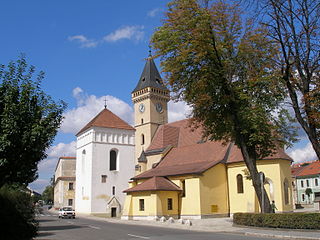
Sabinov is a small town located in the Prešov Region, approximately 20 km from Prešov and 55 km from Košice. The population of Sabinov is 12,700.

Modra is a city and municipality in the Bratislava Region in Slovakia. It has a population of 9,042 as of 2018. It nestles in the foothills of the Malé Karpaty and is an excellent centre of hiking.
Pentapolitana was a league of towns in the Middle Ages of the five most important Hungarian royal free cities of the Kingdom of Hungary; Kassa, Bártfa (Bardejov), Lőcse (Levoča), Eperjes (Prešov), and Kisszeben (Sabinov). The cities are currently in eastern Slovakia.

Šamorín is a small town in western Slovakia, southeast of Bratislava.
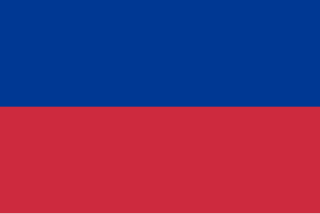
Carpathian Ruthenia was a region in the easternmost part of Czechoslovakia that became an autonomous region within that country in September 1938. It declared its independence as the "Republic of Carpatho-Ukraine” in 15 March 1939, however being occupied and annexed by Hungary the same day. Starting with October 1944, the Soviet Red Army occupied the territory and short period the territory of the region was organised as Transcarpathian Ukraine (1944—1946), until it was incorporated into the Ukrainian Soviet Socialist Republic in 1946. In total between 1939 and 1944 80,000 Carpathian Ukrainians perished.

Veľký Šariš is a small town near Prešov in eastern Slovakia. The town is known as the site of the largest brewery in Slovakia – Šariš Brewery.

Nová Baňa is a small town in the west of central Slovakia and the largest town of the Žarnovica District, located in the Banská Bystrica Region.
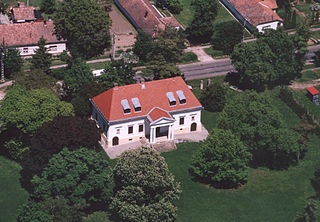
Tereske is a village in Nógrád county, Hungary.

Hungarian art stems from the period of the conquest of the Carpathian basin by the people of Árpád in the 9th century. Prince Árpád also organized earlier people settled in the area.
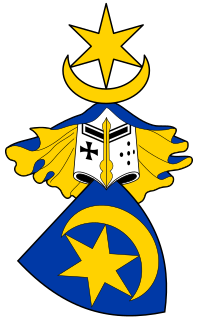
Hont-Pázmány (Hunt-Poznan) was the name of a gens ("clan") in the Kingdom of Hungary. The Gesta Hungarorum mentions that the ancestors of the family, the brothers Hont (Hunt) and Pázmány (Pazman), originally from the Duchy of Swabia in the Holy Roman Empire, arrived in the late 10th century to the court of Grand Prince Géza of the Magyars:
The next arrivals were Hunt and Pazman, two half-brothers, courageous knights of Swabian origin. These two and their retainers had been journeying through Hungary with the intention of passing over the sea when they were detained by Duke Géza, and finally they girded King Stephen with the sword of knighthood at the river Hron, after the German custom.
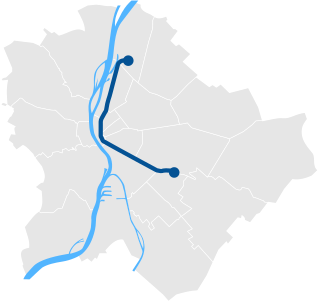
Line 3 is the third and longest line of the Budapest Metro. It runs in a general north-south direction parallel to the Danube on the Pest side, roughly following Váci út south from Újpest to the city center, then following the route of Üllői út southeast to Kőbánya-Kispest. Its daily ridership is estimated at 500,000. Like Line 1, it does not serve Buda.

Gergely Szilveszter Karácsony is a Hungarian politician, political scientist and current Mayor of Budapest. He previously served as member of the National Assembly (MP) from 2010 to 2014 and Mayor of Zugló from 2014 to 2019.

The chief justice was the personal legal representative of the King of Hungary, who issued decrees of judicial character on behalf of the monarch authenticated with the royal seal, performed national notarial activities and played an important role in the organisation of lawyers training. Later the chief justice was the head of the Royal Court of Justice and the Tribunal of the Chief Justice, the highest legal forum of civil cases.

The Royal Hungarian Army was the name given to the land forces of the Kingdom of Hungary in the period from 1922 to 1945. Its name was inherited from the Royal Hungarian Honvéd which went under the same Hungarian title of Magyar Királyi Honvédség from 1867 to 1918. Initially restricted by the Treaty of Trianon to 35,000 men, the army was steadily upgraded during the 1930s and fought on the side of the Axis powers in the Second World War.
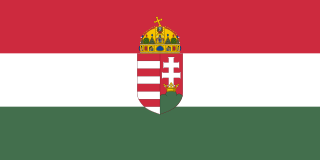
The Hungarian Republic was a short-lived republic that existed between August 1919 and February 1920 in the central and western portions of the former First Hungarian Republic. The state was established in the aftermath of the Hungarian–Romanian War by counter-revolutionary forces who sought to return to the status quo prior to 31 October 1918.
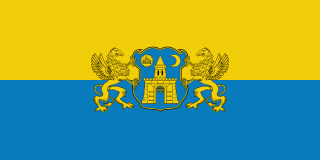
District V is the heart of Budapest and the political, financial, commercial and touristic center of Hungary. The name of the district is Belváros-Lipótváros, which refers to the two historical neighbourhoods that is located in the district; Belváros and Lipótváros . Inner City is the old town of Pest, while Leopold Town was established in the early 19th century, and became the political and financial centre of Hungary in the early 20th century when the Hungarian Parliament was built. The two neighbourhoods were originally the 4th and 5th districts of Budapest until 1950 when the two districts were merged and number IV was given to Újpest.

Béla Ferenc József Grünwald de Bártfa was a Hungarian nationalist politician and historian who was active in Upper Hungary.

Péter Károly Ungár is a Hungarian entrepreneur, politician and geographer, who is a Member of the National Assembly of Hungary from the LMP party's national list since 8 May 2018. He has been male co-chair of the party since August 2022.
























